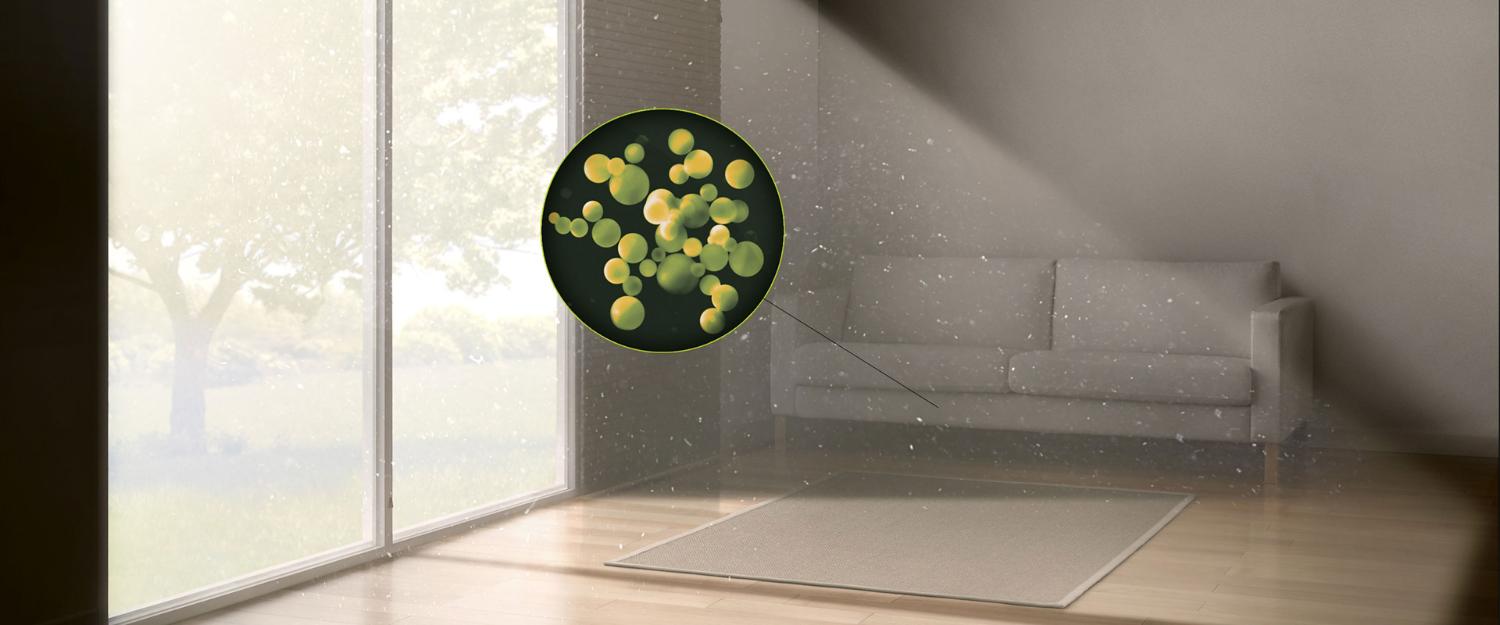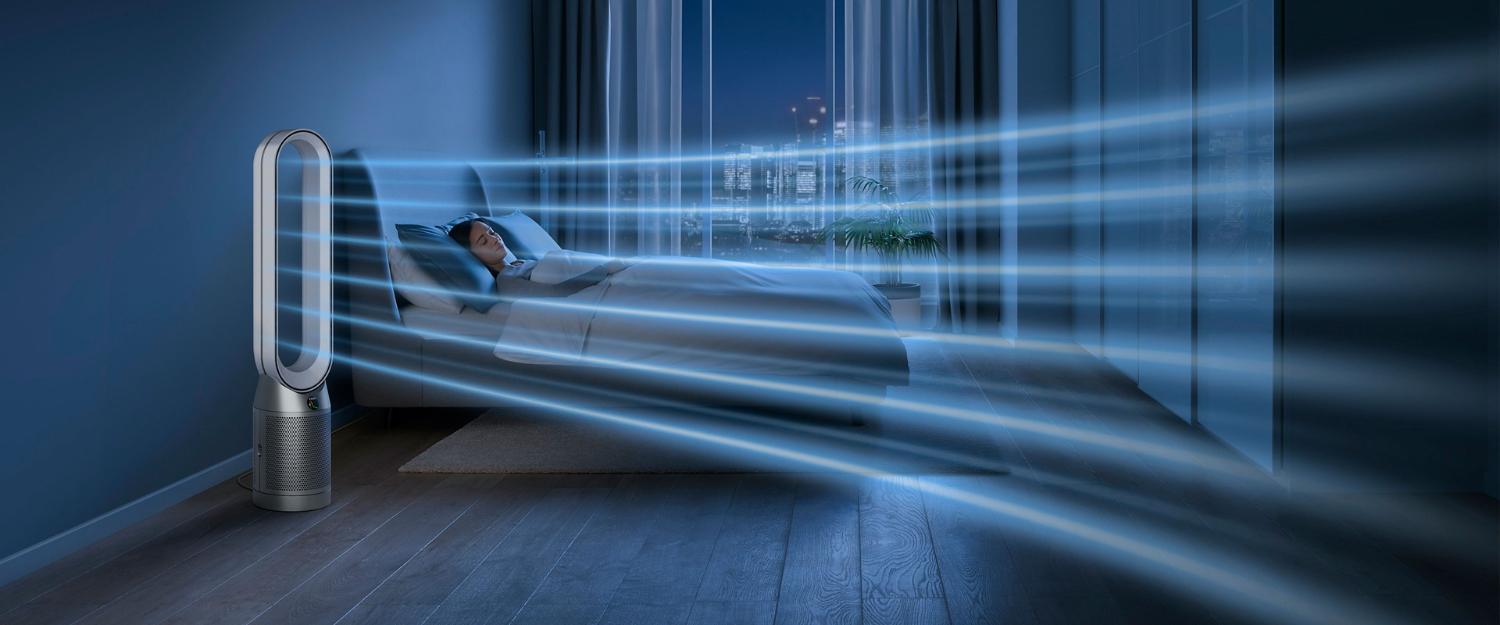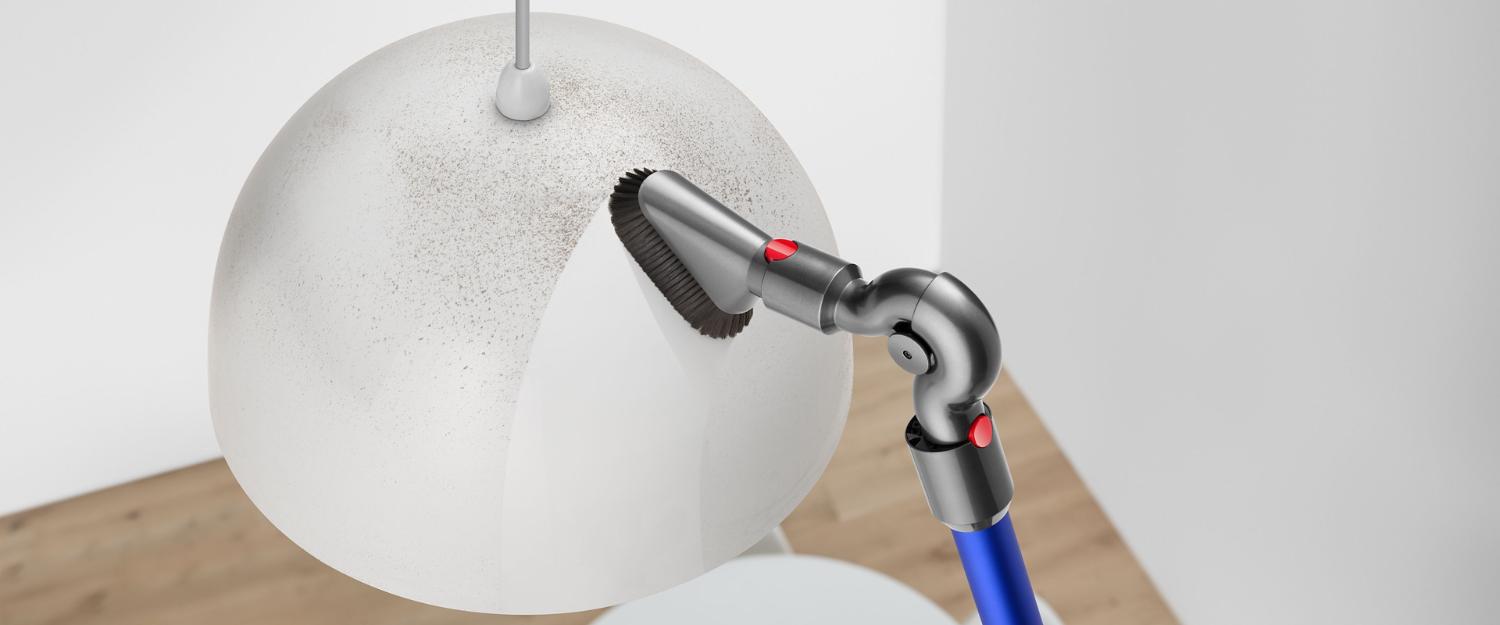Insights | Allergy
How to help manage pollen allergies?
Pollen spikes during the spring and summer months. Globally, 29% of people are worried about dust and pollen being brought into their homes.¹

What is pollen?
Plants release tiny grains called pollen, to fertilise other plants of the same species. The most common pollen allergies that often cause the biggest physical reaction are trees, weeds, and grasses.
Spring pollen allergies
As weather typically improves during spring, the start of the season includes tree pollen gradually releasing into the atmosphere. Spring can also be the peak season for flowers to come into bloom, releasing further pollen into the air.²
Summer pollen allergies
Pollen counts typically worsen as temperatures continue to rise. As the weather becomes warmer and rainfall is low, pollen is at its peak as it sticks to clothing, hair and skin.
Specifically, at this point in the year, grass pollen causes a high impact. The pollen count can also heighten due to gardeners beginning to mow the grass more and lift the pollen into the atmosphere.
If the weather remains consistently warm and dry throughout summer, pollen production can increase due to typically less rainfall.²
Autumn pollen allergies
As autumn begins, some hay fever sufferers can finally begin to relax. The pollen count decreases due to the weather becoming both rainy and cooler in temperature. Grass pollen and weed pollen are still causing some allergy reactions, however.
Country vs city living
While it might feel that pollen has a higher exposure rate in the countryside with so much greenery around, it is in fact urban areas in the city that enhance allergy symptoms. Studies show that the overall height of the pollen count is worse in the city. Even more so, compared to farmers, all other occupational groups had a higher risk of reporting pollen allergies.²
Pollen allergy symptoms
Being exposed to pollen can cause allergy suffers physical problems including sneezing, itchiness, nasal congestion, red and swollen eyes, wheezing and a runny nose.³
These symptoms are based on the level of pollen count for that day. These can often be tracked on weather forecasts for an average of 5 days ahead, allowing you to adapt your plans to avoid a high pollen count.
How to cope with a pollen allergy?
Hay fever can make suffers feel desperate for relief when the season spikes. Regardless of which pollen someone is impacted by, allergies can cause unbearable symptoms.
Not only can a pollen allergy be debilitating, but discourage sufferers from looking forward to the warmer months.
Fortunately, there are many options now in place to help relieve and manage the uncomfortable effects of pollen allergies. Use these tips and tricks to try and prevent the severity of your symptoms while taking back control.
Windows closed. Purifiers switched on.
With the pollen count being highest during the mornings and evenings, keeping windows closed during this time is key in order to prevent them from entering your home.
Scheduling your Dyson purifier and fan at these peak times will help to keep you cool and capture pollen from your environment.⁴ Or you can use Auto mode, which will activate your purifier as soon as high levels of pollution are detected, keeping the room purified at all times.
Capturing allergens and 99.95% of pollutants, enjoy your own space at home without the worry of an invasion of pollen.⁵

Physical barriers to prevent pollen allergies
You can help to trap particles by applying petroleum jelly around areas such as your nostrils. Actively avoiding pollen from entering your airways like this helps to prevent allergy symptoms. It can be particularly effective at night-time when you’re trying to avoid pollen from disturbing your sleep.
Clean your home thoroughly
Cleaning your home regularly with a vacuum cleaner can help reduce the amount of microscopic dust and particles as small as pollen. The Dyson V15™ Detect Vacuum Cleaner counts and measures the size of dust particles so that it can adapt the suction power accordingly.⁶ With automatic deep cleaning technology engineered into the machine, you can feel confident your home can help tackle the pollination season.
Remember to use your Dyson V7™ Handheld Vacuum Cleaner for cleaning soft furnishings, seating and your mattress. Using the Quick-release mini Motorhead tool, you can clean surfaces easily and quickly while the Combination tool will help to brush wide surfaces when switching between tasks. Finally, the Crevice tool is recommended to help get between narrow gaps and around edges.

Vacuum slowly, carefully and thoroughly
This will help to remove dust, dirt, and pollen. Work your way around the home one section at a time, especially hidden or hard-to-reach areas. Switch between power modes for areas with different levels of dust.
Don't forget the walls and ceilings
Half of UK residents neglect their walls and ceilings when vacuuming their home.⁷ Try using the Quick-release up-top adaptor to twist and lock in different angles and reach up-high areas for thorough cleaning.

Use the right tools, properly
Dyson tools and accessories have been engineered to specifically target hard-to-reach areas that require extra care. Using them correctly helps tackle stubborn pollen, dust and pet hair that can otherwise be difficult to remove.
Wash bedding regularly
As pollen travels through the air, it can stick to just about everything it meets. Wearing materials covered in pollen can trigger your symptoms – wash clothing frequently, refresh bedding regularly and shower before bed time to remove pollen from your hair and skin.
Track your pollen allergy symptoms
There are many apps available to download that help to warn you or offer advice about the relevant pollen type and count during that day. These include My Pollen Forecast UK, Klarify, Pollen and Sensio Air: Allergy Tracker. Keep a diary of your symptoms and if concerned, consult your GP for official medical advice.
Explore Dyson technology
-
Cordless vacuum cleaners
Tackle microscopic dust and pollen particles with powerful vacuum cleaner technology from Dyson.
-
Air treatment
Take control of the allergens in your environment with Dyson purification technology.
Related Articles
Discover Dyson
Press contacts
Canada
Email us at CAN.PR@dyson.com
Social media
Twitter: @askdyson
YouTube: youtube.com/Dyson
Facebook: facebook.com/dyson
Instagram: @dyson, @dysonbeauty
LinkedIn: Dyson





